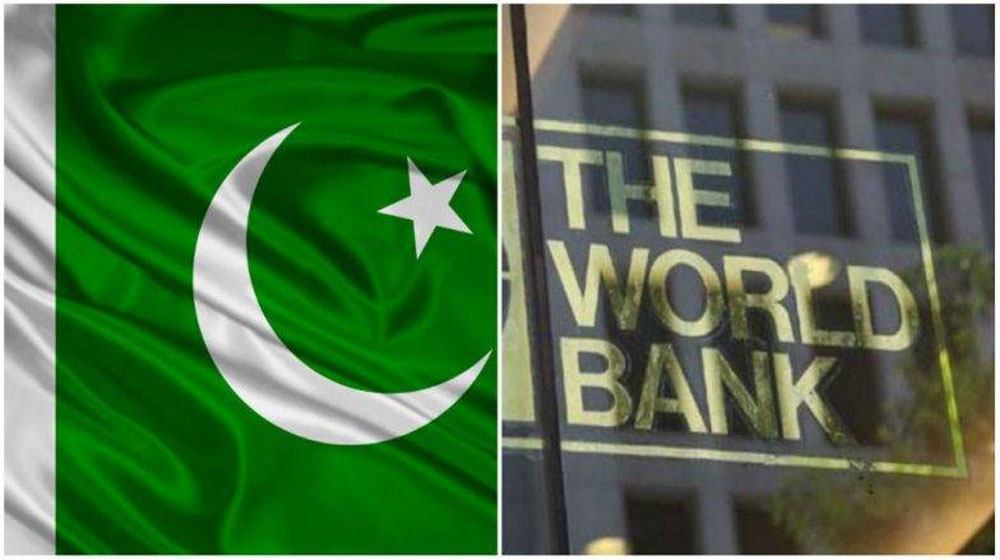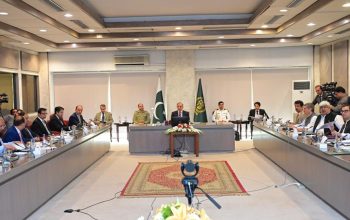Pakistan’s renewable natural capital, valued at $474 billion (13.6 percent of the nation’s total wealth), is under imminent threat as it faces rapid depletion, says the World Bank.
The Bank in a working paper “Targeting national restoration actions for ecosystem services” stated that the country grapples with critical environmental issues driven by a rising population, urbanization, and fossil fuel use, including overused natural resources, increasing air and water contamination, dwindling energy reserves, and deforestation.
Diverse geographical and climatic conditions expose it to various natural disasters, from earthquakes and floods to tsunamis, droughts, cyclones, and hurricanes, the Bank noted.
The study further stated that Pakistan, a densely populated South-East Asian nation, is among the top 10 countries worldwide most affected by climate change and natural disasters, with a ranking of 150 on the 2021 ND-GAIN Index.
Pakistan’s Country Climate and Development Report (CCDR) warns of a potential 18-20 percent GDP reduction by 2050 due to climate events, environmental degradation, and air pollution. With a predominantly rural and impoverished population, the country faces a perilous convergence of poverty and environmental degradation. To build climate resilience, interventions in climate-smart agriculture, ecosystem restoration, integrated land use planning reforms, among others, are imperative for resilient development.
The study noted that the World Bank, collaborating with the government of Pakistan, engaged the Biodiversity, Ecosystems, and Landscape Assessment initiative (BELA) team to inform a comprehensive restoration plan.
Analyzing policies and collaborating with the Ministry of Climate Change, BELA focused on informing the design of Pakistan’s next generation of landscape restoration programs. BELA’s technical report on Integrated Landscape Management for Ecosystem Services in Pakistan was pivotal in shaping the World Bank’s Recommendations for an Ecosystems Restoration Strategy. This strategy, incorporating spatial modeling of ecosystem services, identifies priority areas for intervention. The plan emphasizes community-based delivery models, moving beyond provincial lands to target communal lands.
The study recommended that urgent investment is imperative to support recovery, fostering resilient ecosystems and preserving natural capital for sustained job creation and economic growth.
In-depth analysis conducted by BELA reveals that over 11 million hectares, constituting 14 percent of critical ecosystems such as forests, croplands, rangelands, riverine forests, wetlands, and mangroves, are in poor condition currently. Alarming projections indicate that, without timely intervention, an additional 1 million hectares could face further degradation by 2035, accentuating the urgency for targeted actions to counteract the prevailing trends in degradation hotspots.
Under a Business as Usual (BAU) scenario, the risk intensifies, with erosion and sedimentation threatening land productivity and infrastructure set to surge by over 100 percent in specific areas. Notably, the Indus River valley and the hill torrent watersheds at the confluence of Punjab and Balochistan provinces are particularly vulnerable.
Simultaneously, surface runoff contributing to flood risk is expected to escalate by over 30 percent, particularly in the sparsely vegetated southwest regions of the country. Amidst these challenges, a positive note emerges with an increase in carbon storage, resulting in a noteworthy decrease of over 24,000 tons in Pakistan’s net greenhouse gas emissions.
The post Pakistan’s Renewable Natural Capital Faces Rapid Depletion: World Bank appeared first on ProPakistani.



